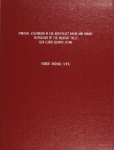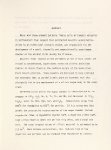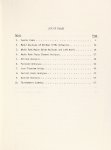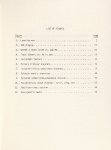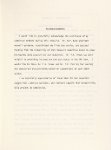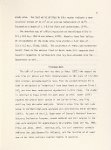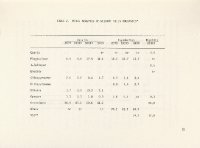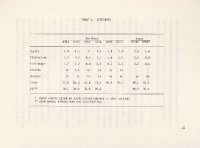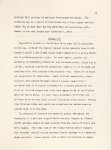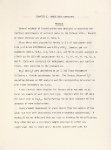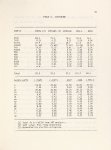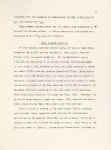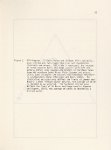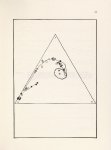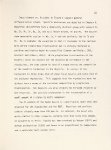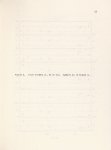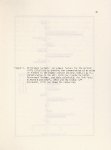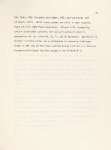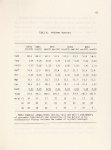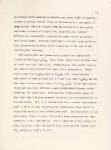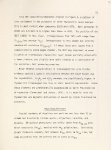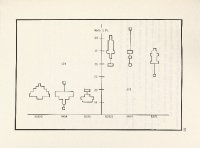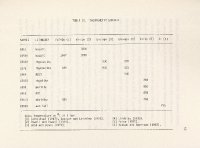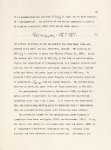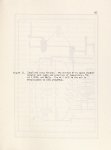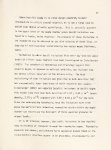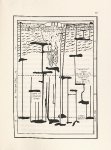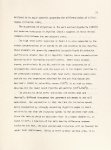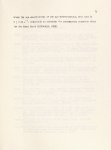| Description |
Major and trace element patterns from a suite of bimodal volcanics in northwestern Utah suggest that protracted basaltic underplating, driven by an extensional tectonic regime, was responsible for the development of a small, thermally and compositionally zoned magma chamber at the Wildcat Hills during the Pliocene. Basaltic flows located on the periphery of the silicic center are crustally contaminated, hypersthene normative olivine tholeiites similar to others found on the southern margin of the Snake River Plain basalt province. These basalts are believed to have provided the necessary heat to partially melt granitic' basement rock that ultimately led to the emplacement of a silicic magma body in the upper crust. Differentiation within the magma chamber is characterized by increases in Si02, K20, Nb, Y, Th, Pb, and Rb, and decreases in Ti02, A1203, total Fe, MnO, MgO, CaO, and P20S. Temperatures range from 93SoC for rhyodacite to 6910C for perlite. Silicic extrusions that permit the preeruptive reconstruction of the magma chamber include rhyodacite flows, a rhyodacite crystal tuff, a rhyolitic vitric tuff, high silica rhyolite domes and perlite ring dikes, and a basal ash fall. The total erupted volume of silicic material is estimated to be 2.2 km3. Mass balance calculations, that indicate high silica rhyolites and perlites can be produced from rhyodacite by crystal fractionation, are complicated by the petrographic observation that hypersthene is being resorbed rather than precipitated as required by the model. It now appears that, in addition to providing the thermal input, local basalts contaminated the silicic reservoir. A hypothesis of magma mixing is supported by the occurrence of sieve-textured and mantled plagioclase and resorbed hypersthene in rhyodacite lavas; subspherical, quench-textured basalt inclusions in rhyolite domes; and anomalously high concentrations of Ba and Zr in the basal ash fall deposit. The northeasterly trend of the regional structure and recent seismicity, coupled with reported K-Ar data, suggests that volcanism west of the Intermountain Seismic Belt in northwestern Utah has been migrating in a northwesterly direction at the rate of 8 2 mm y-l for the last 3.2 m.y. |

